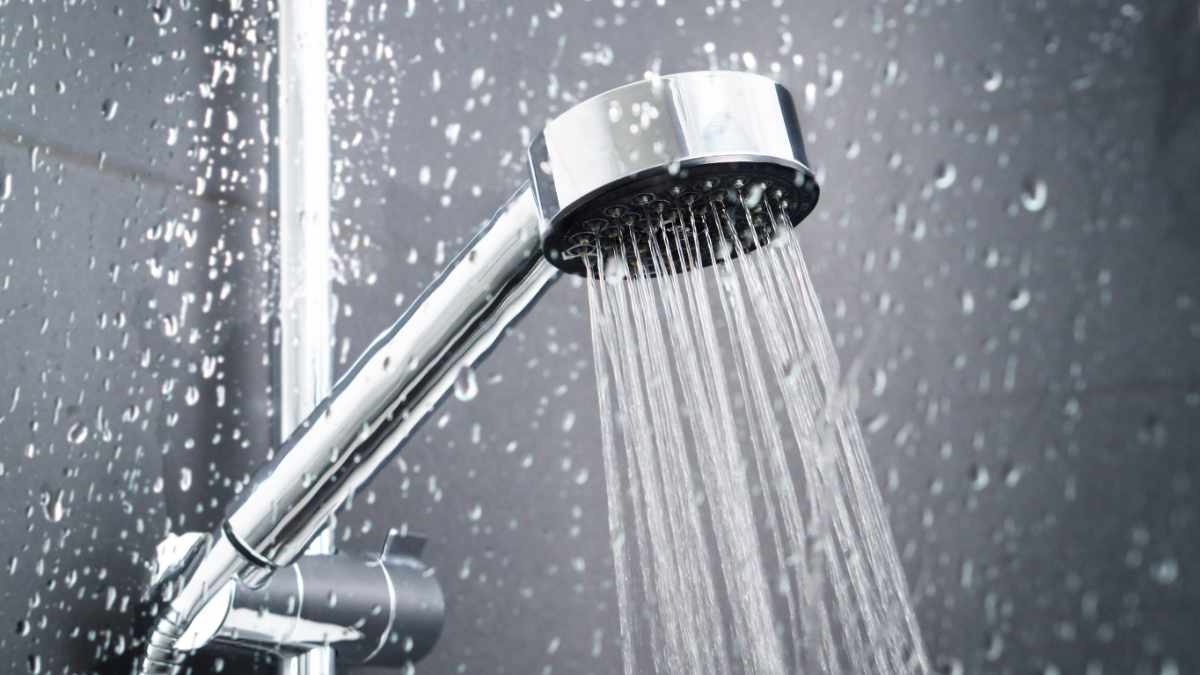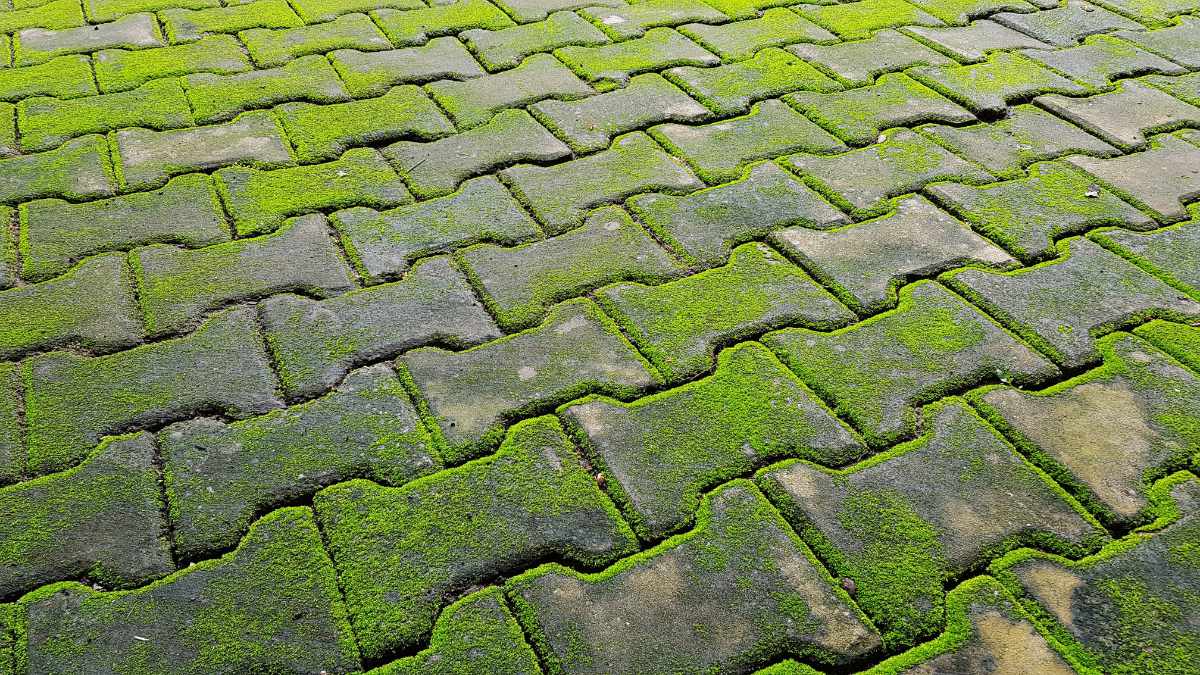Our companies are backed by the Five Star Guarantee. Call one today!
High Indoor Humidity: What You Need to Know
August 25th, 2022 byGoing outside on a humid day is like walking into a pool. The air feels heavy and thick. And hot weather just takes it up a notch. Humid weather is just a fact of life (well, unless you live in a desert climate). It doesn’t stick around forever, even though it lasts longer than we’d like sometimes.
But humidity in your house is an entirely different animal. It’s a necessary animal, for sure. Bracingly dry indoor air isn’t good. But indoor humidity levels that are too high can cause lots of problems.
In this article, you’ll learn:
- The role humidity plays in indoor air quality
- What happens when indoor humidity levels get too high
- How to fix an indoor humidity problem
Here are a few key takeaways:
- Humidity is important even for indoor air, but it causes problems when levels get too high.
- Don’t let humidity levels in your house get much above 50 to 60 percent. You can measure this with a hygrometer.
- A freestanding dehumidifier can help you tackle a humid room. Look into a whole-house dehumidifier if the problem affects more than one room.
What is humidity, really?
In the simplest terms, humidity is a measure of how much water vapor is in the air. Air temperature has an effect on humidity. The higher the temperature, the higher the humidity can be. It’s possible to have elevated humidity on a cold day. But the humidity on a cold day will never be as high as it could be on a hot day. This is because cold air can’t hold as much water vapor as warm air.
YOU MIGHT ALSO LIKE: Do Home Air Purifiers Really Work?
Humidity indoors
A muggy, humid summer day can feel truly gross outside. But don’t wish away all humidity forever. Humidity is actually a good thing inside – but only when it’s at a manageable level. If the air in your house had very little humidity, your nose and throat would feel dry. You’d be uncomfortable. Your house plants would struggle, and you’d be filling your pet’s water dish more frequently.
Keep reading for some answers to frequently asked questions about indoor humidity.
What should the humidity levels be indoors?
Ideally, the humidity levels in your house should be at 30 percent on the low end and between 50 and 60 percent on the high end. To test the levels accurately, use a hygrometer. A hygrometer is a small device that measures water vapor levels. You can find them in home improvement stores and online.
Keep in mind that everyday activities, like cooking and showering, raise the indoor humidity levels. This is perfectly normal. The levels will go back down. If your windows are consistently covered in condensation or if you have a mold problem, the humidity levels are likely too high.
Can my A/C system lower humidity?
The short answer? Yes and no.
A thermostat only senses temperature, not humidity. So, your HVAC system will run based on the air temperature inside, not the humidity levels. In the process of cooling the air, however, the A/C system does draw some of the moisture from the air.
But HVAC systems aren’t designed to measure or control humidity. Running the thermostat down in the summer won’t increase (or decrease) the amount of humidity it pulls from the air.
Is high humidity bad for my air conditioner?
High indoor humidity isn’t really bad for your air conditioner. But it is bad for your utility bills.
High indoor humidity levels make your house feel hot. This will make you turn down the thermostat to try to get comfortable. But that will only do so much. And it doesn’t address the root cause of the problem. In the end, your air conditioner will run more often, which equals higher utility bills.
Does humidity encourage mold growth?
If indoor humidity levels are at 50 percent or above, there’s a higher chance of finding mold and mildew growth. You might not see it on the walls or ceiling. Rather, it could be growing inside your HVAC system. Mold spores can cause respiratory problems. You don’t want them living in your air conditioning system and circulating through your house.
YOU MIGHT ALSO LIKE: Why Is My Living Room Cold?
How to control your home’s humidity level
If the humidity levels inside your house are too high, talk to an HVAC pro about solutions you can try. Here are a few to consider:
1. Regular HVAC maintenance checks
The last thing you want is to turn on the A/C or heat, only to find that your furnace or compressor has given up. Preventive maintenance will help keep this from happening. Have your HVAC system checked out twice per year. Aim for one visit in the late fall, before cold temperatures really set in. Schedule your second appointment for the springtime.
These semi-annual maintenance visits will help find small issues before they turn into major (and majorly expensive) problems. A routine maintenance check is also a good time to mention any concerns you have about humidity levels inside.
2. A dehumidifier
A dehumidifier does just what it sounds like: It makes air less humid. Depending on your situation, your HVAC technician might recommend a freestanding unit or a whole-house dehumidifier.
3. New air conditioning system
Air conditioners and furnaces don’t last forever, unfortunately. If yours are more than 10 to 12 year old and causing problems, it might be time to start scoping out options for replacements. The good news is that HVAC system technology only improves with time. Your new system will be a lot more energy efficient than your old one. And if you’ve had consistent issues with high indoor humidity levels, now is a great time to install a whole-house dehumidifier.
Contact a professional HVAC company today to learn more about your options for getting indoor humidity levels under control.
KEEP READING: 5 Tips to Make Your Home More Energy Efficient This Winter



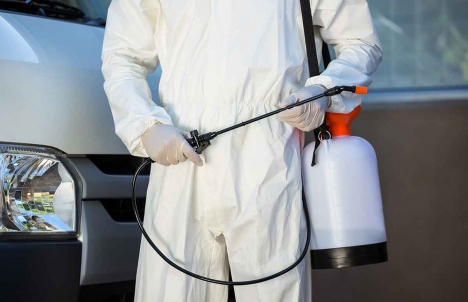
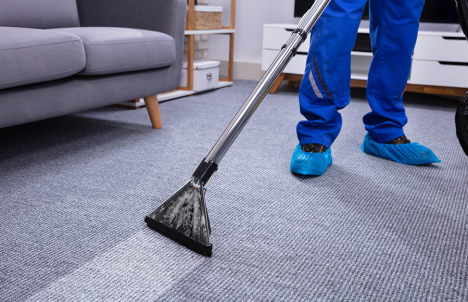




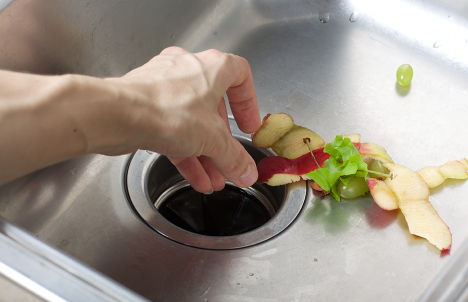
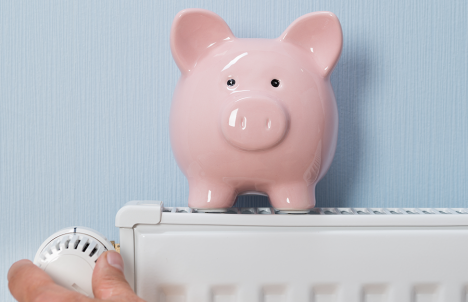
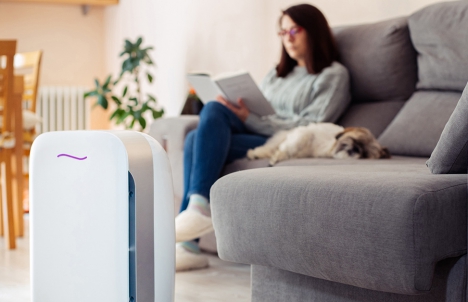

 Top Categories
Top Categories




